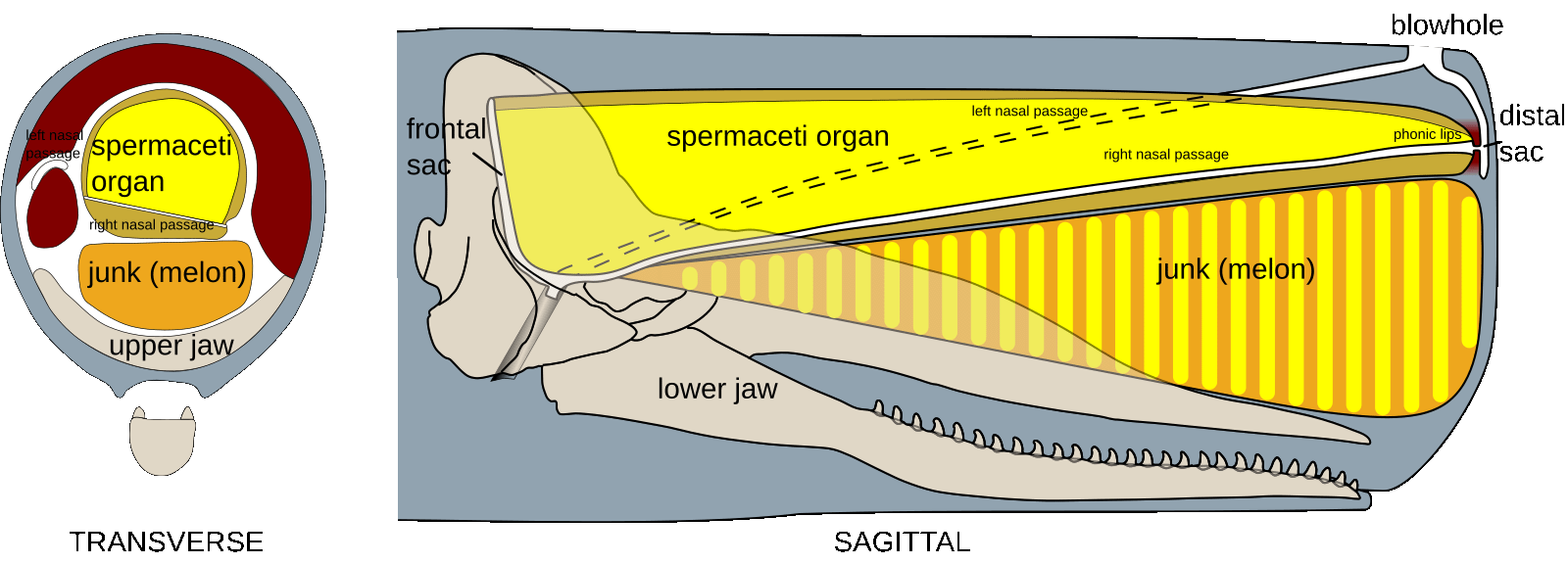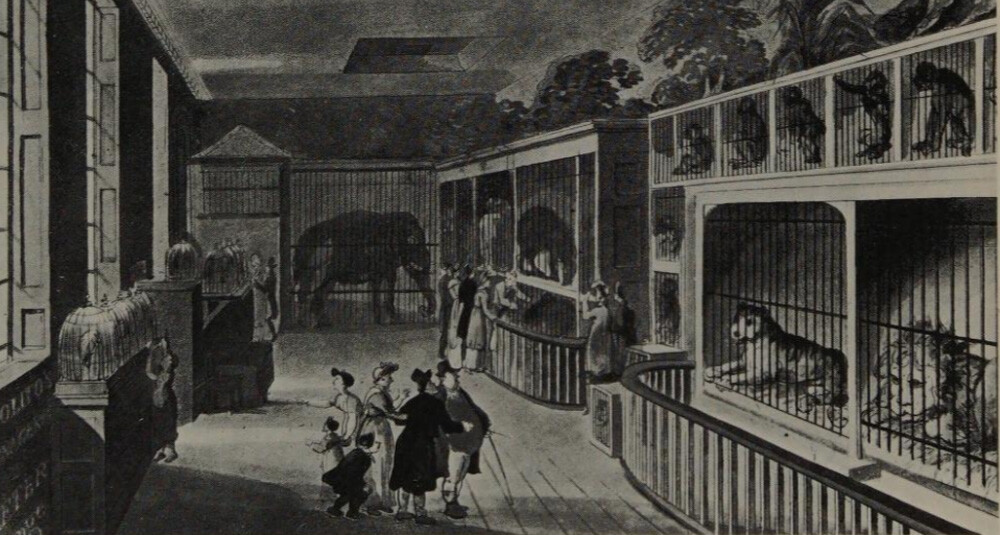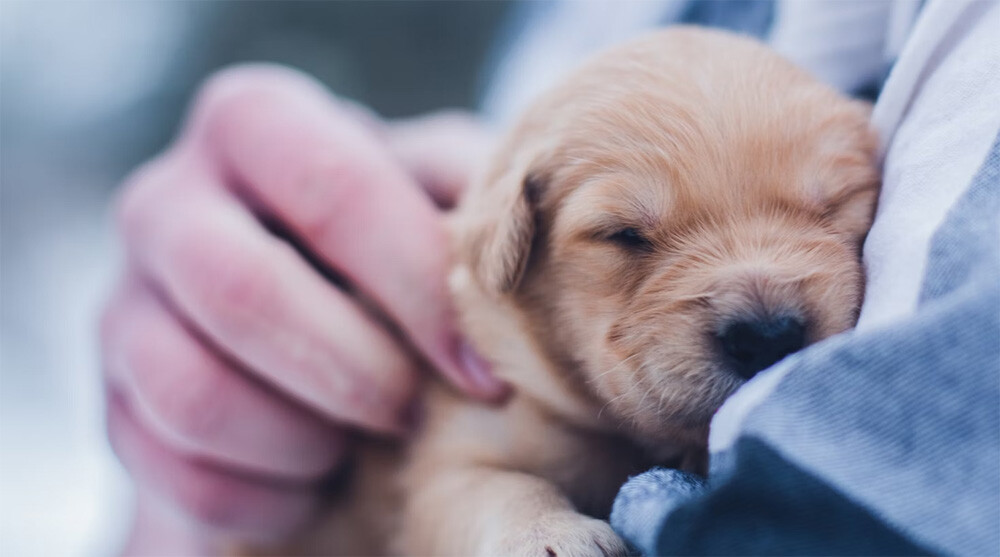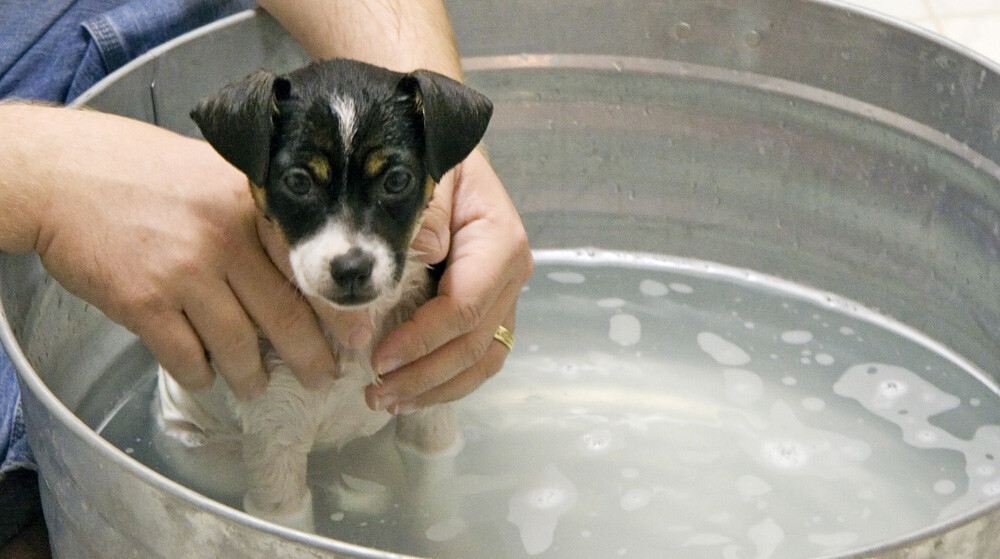If you’re munching on some turkey jerky while reading this, fear not: We’re not here to protest every possible killing of an animal, or to say you can never use animals parts for anything. Meat tastes great, and feathers make for kick-ass quills. Still, the idea of processing animals into products can get a little weird.
For example, have you ever greased a baking pan using butter? Though butter is delicious, which is why it’s an ingredient in the cake, the taste doesn’t matter so much when you use it as pan grease. You just want the pan slippery so the cake will cleanly pop out. And to get this lubricant, we figured the most reasonable source was to tap the bodily fluids of living cows in pens and then extract from the milk the fatty acids they themselves obtained from bacteria in their guts.
Don’t Miss
If you think about it like that, it seems a little gross. Travel a bit into the past, and things got even grosser.
Whales Were How We Kept Cars Running
You likely already know that we used to get oil from whales. Here’s a quick recap of how that went down: In the 18th and 19th centuries, ships hunted whales, and they boiled up the whales’ blubber to make into oil for lamps. When sailors killed a whale, they didn’t tow the giant corpse to shore or carve it up for meat. It was more practical to extract only the fat for oil and then sink the carcass.
Whale oil was on its way out by 1870 or so. We were figuring out how to process petroleum, and kerosene was proving a better fuel for lamps than whale oil. The rise of the petroleum industry — or the “oil industry,” as we’d come to call it, since it dwarfed all other sources of different types of oil — was the only reason we didn’t hunt whales to extinction.
But though the heyday of whaling for oil was over, the practice continued longer than a lot of us realize. Whale oil remained a lubricant a full century later, in 1970. Transmission fluid used sperm whale oil, which appeared to prevent corrosion more effectively than anything derived from petroleum. Sperm whale oil is different from most other whale oil, as it’s the fluid around the whale’s brain rather than derived from the blubber. One organ that contains the oil is called the “junk,” because it’s funny to say sperm is in someone’s junk.

Then came 1973 and the Endangered Species Act, and sperm whale oil became illegal. Car makers had to turn to mineral alternatives. And as a result, transmissions started failing much more often. With whale oil lubricating cars, fewer than a million transmissions failed every year in the U.S., but once the ban went into place, that number soared to over eight million.
We have to conclude that whales evolved to grease our engines and for no other purpose.
Before Crash-Test Dummies, We Had Crash-Test Baboons
Along with cars running, we’re very concerned about cars stopping, especially if they stop by hitting another car or a tree. Manufacturers crash cars purposely in tests, to see how well they hold up. Inside are dummies modeled after the human body, and depending on when you grew up, you might have seen dummies on TV reminding you of the importance of seat belts.

Ad Council
Before we had dummies, we used human cadavers. These offered big advantages over the dummies, in that a dead human body simulates a live human body better than a dummy does. But cadavers are in short supply, and so, we also used animals. Live animals, such as pigs, baboons and bears.
Baboons didn’t sub in for human passengers nearly as well as cadavers did, and pigs were even worse. Still, they had the advantage of being alive. Testing with a human corpse can tell you whether a crash might decapitate a driver, but if you want to know whether instant deceleration will shut down every organ, you can’t do that if the organs have all already shut down.

Car companies claimed another surprising justifications for using animals: ethics. The human subjects hadn’t consented to being used in these tests (animal consent wasn’t an issue because animals are animals). The humans had donated their bodies to science, sure, but they probably imagined that meant they’d wind up in labs curing cancer, not that Ford would drive them into a brick wall.
You might dispute all those justifications, and sure enough, automakers largely phased out tests with these larger animals once the 1970s concluded. In the 1980s, however, General Motors switched to testing with dogs, rabbits and tens of thousands of rats and mice. We’re having trouble imagining how much useful data could be gleaned from crashing a speeding car full of rats, but we kind of want to watch to find out.
Bear Grease: A Cure for Hair Loss
People are particularly open to the idea of killing bears, due to ancestral memories of battling bears in the woods. So, 300 years before we were strapping bears into doomed Pontiacs, we were killing bears and melting their fat for another purpose — preventing baldness. The logic behind this was solid. Bears are hairy. Plus, we’ve associated bears with defending against baldness since biblical times, when passersby called the prophet Elisha “baldhead,” and two bears suddenly came and mauled 42 of them.

Now, leaving aside the fact that rubbing yourself with an animal doesn’t actually confer on you that animal’s attributes, you might point out that many animals are hairy, not just bears. It’s one of the distinguishing characteristics of mammals. Sea otters have thicker coats than bears, and you’ll run into some breeds of cows with fur that’s very long.
We have to assume than that the men who applied bear grease to their scalps also did so because bears are powerful, which is the sort of spirit someone suffering from hair loss wants to imbue in themselves. No man wants to rub themselves with, say, mink grease. That would be silly.

Bear grease was scented with ingredients such as lavender (pure bear fat doesn’t smell very nice) and was sometimes dyed green (pure bear fat doesn’t look very nice either). Also, sometimes, commercial bear grease contained no actual bear grease at all. English chemists would just use pig fat instead, which was much easier to obtain, and call it bear grease. It proved just as effective.
Admission to the Zoo
No, we don’t mean that animals were kept in zoos. We mean something else.
Also, the place we’re talking about wasn’t a zoo exactly but the Royal Menagerie, located in the Tower of London. Being a castle, this place wasn’t well-equipped to keep any wild animal for very long. One elephant, for example, was considered to have an unusually large living space because it had a room that measured 40 feet by 20 feet, and it died just a couple years into its captivity.
Still, for centuries, the Royal Menagerie hosted a revolving collection of exotic animals gifted to the royal family. This included a polar bear who’d swim in the Thames (this was why everyone who drank from the Thames got hair in their throats). It also included lions.

The Crown didn’t always pay for the food these animals needed. They ordered London’s sheriffs to handle this expense, and the sheriffs had no choice but to obey. They funded this by charging admission to visitors, but the price (three halfpence early in the 18th century) wasn’t enough to fund much of anything. They couldn’t charge more and cover expenses that way because people wouldn’t willingly pay more.

Tryon Gallery
They also offered an alternate mode of payment. You could hand over one dog or one cat, which they would feed to the lions. By most measures, a pet was worth more than three halfpence, but maybe a visitor had no convenient way of selling their pet other than this. Plus, owning a pet meant daily expenses, so freeing yourself of that and getting a ticket to the zoo made for a double win.
We Made Moisturizer by Mashing Up Puppies
Feeding your dog to a lion sounds like the worst thing you could do as a pet owner, beating out both “making the dog into a coat” and “telling them they’re a Bad Dog, for no reason.” This next dog activity is even worse.
In 17th-century England, there existed a recipe for something called oleum catellorum, or oil of whelps. You take some puppies (“newly whelped”), put them in a pot and then boil them in olive oil “till they fall in pieces.” Next, you add in some earthworms “washed in white wine,” keep boiling and finally strain out all the solids. The remainder is a salve that can treat your bruised muscles.

Medicine was one application for this puppy water. The other was cosmetics. Oleum catellorum made for a moisturizer, as people believed it would make their skin young, just like a puppy. We have to imagine that if anyone’s skin did look better after these applications, they could have achieved the same effect and then some by just using the olive oil, without the puppy essence.
The recipe for oleum catellorum sounds like something a witch would brew and no one else would take seriously. To see how seriously people did take it, consider this report from a century later in the British Medical Journal. An English doctor was analyzing a new codex of French recipes and was taken aback by a description of boiling snails. On reflection, he tried to make it less weird by likening it to oleum catellorum, which was, of course, a far more normal substance that any medical scholar could relate to.

That report also notes with confusion that the French weren’t boiling up snails just for medicine but for culinary reasons, putting it alongside recipes involving sugar or chocolate. Boiling up puppies to rub on your aching knee was just normal British tradition. But boiling some strange animal and then eating it? Now that’s truly depraved.
Follow Ryan Menezes on Twitter for more stuff no one should see.

